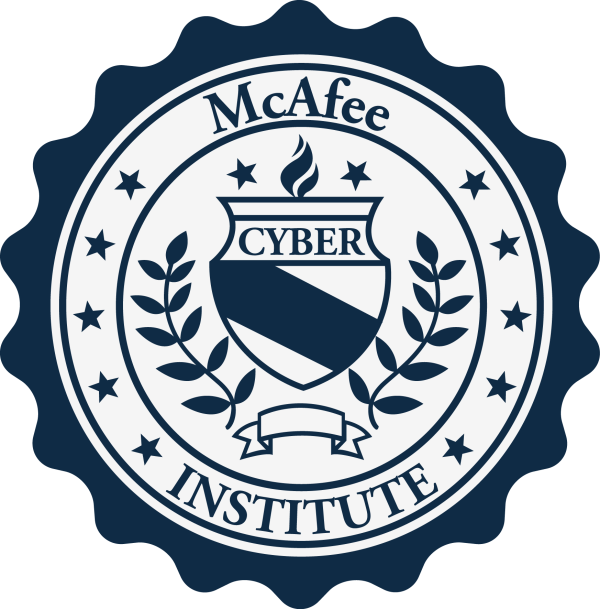The Computer Fraud and Abuse Act (CFAA) was enacted by Congress in 1986 to amend existing computer fraud law (18 U.S.C. § 1030), which had been included in the Comprehensive Crime Control Act of 1984. It was written to clarify and increase the scope of the previous version of 18 U.S.C. § 1030 while, in theory, limiting federal jurisdiction to cases “with a compelling federal interest, i.e., where computers of the federal government or certain financial institutions are involved or where the crime itself is interstate in nature.” (see “Protected Computer,” below). In addition to clarifying a number of the provisions in the original section 1030, the CFAA also criminalized additional computer-related acts. Provisions addressed the distribution of malicious code and denial of service attacks.
Congress also included in the CFAA a provision criminalizing trafficking in passwords and similar items:
- Whoever
- Having knowingly accessed a computer without authorization or exceeding authorized access, and employing such conduct having obtained information that has been determined by the United States Government according to Executive order or statute to require protection against unauthorized disclosure for reasons of national defense or foreign relations, or any restricted data, as defined in paragraph Y of section 11 of the Atomic Energy Act of 1954, with reason to believe that such information so obtained could be used to the injury of the United States, or the advantage of any foreign nation willfully communicates, delivers, transmits, or causes to be communicated, delivered, or transmitted, or attempts to communicate, deliver, transmit or cause to be communicated, delivered, or transmitted the same to any person not entitled to receive it, or willfully retains the same and fails to deliver it to the officer or employee of the United States entitled to receive it;
- Intentionally accesses a computer without authorization or exceeds authorized access, and thereby obtains—
- Information contained in a financial record of a financial institution, or of a card issuer as defined in section 1602 (n) [1] of title 15, or contained in a file of a consumer reporting agency on a consumer, as such terms are defined in the Fair Credit Reporting Act (15 U.S.C. 1681 et seq.);
- Information from any department or agency of the United States; or
- Information from any protected computer;
- Intentionally, without authorization to access any nonpublic computer of a department or agency of the United States, accesses such a computer of that department or agency that is exclusively for the use of the Government of the United States or, in the case of a computer not exclusively for such use, is used by or for the Government of the United States and such conduct affects that use by or for the Government of the United States;
- Knowingly and with intent to defraud, accesses a protected computer without authorization or exceeds authorized access, and employing such conduct furthers the intended fraud and obtains anything of value unless the object of the fraud and the thing obtained consists only of the use of the computer and the value of such use is not more than $5,000 in any 1-year period;
- Knowingly causes the transmission of a program, information, code, or command, and as a result of such conduct, intentionally causes damage without authorization to a protected computer;
- Intentionally accesses a protected computer without authorization, and as a result of such conduct, recklessly causes damage; or
- Intentionally accesses a protected computer without authorization, and as a result of such conduct, causes damage and loss.
- Knowingly and with intent to defraud traffics (as defined in section 1029) in any password or similar information through which a computer may be accessed without authorization, if—
- Such trafficking affects interstate or foreign commerce; or
- Such computer is used by or for the Government of the United States;
- With intent to extort from any person any money or other thing of value transmits in interstate or foreign commerce any communication containing any—
- Threat to cause damage to a protected computer;
- Threat to obtain information from a protected computer without authorization or above authorization or to impair the confidentiality of information obtained from a protected computer without authorization or by exceeding authorized access; or
- demand or request for money or another thing of value with damage to a protected computer, where such damage was caused to facilitate the extortion
Resource https://www.law.cornell.edu/uscode/text/18/1030



Post your comment on this topic.